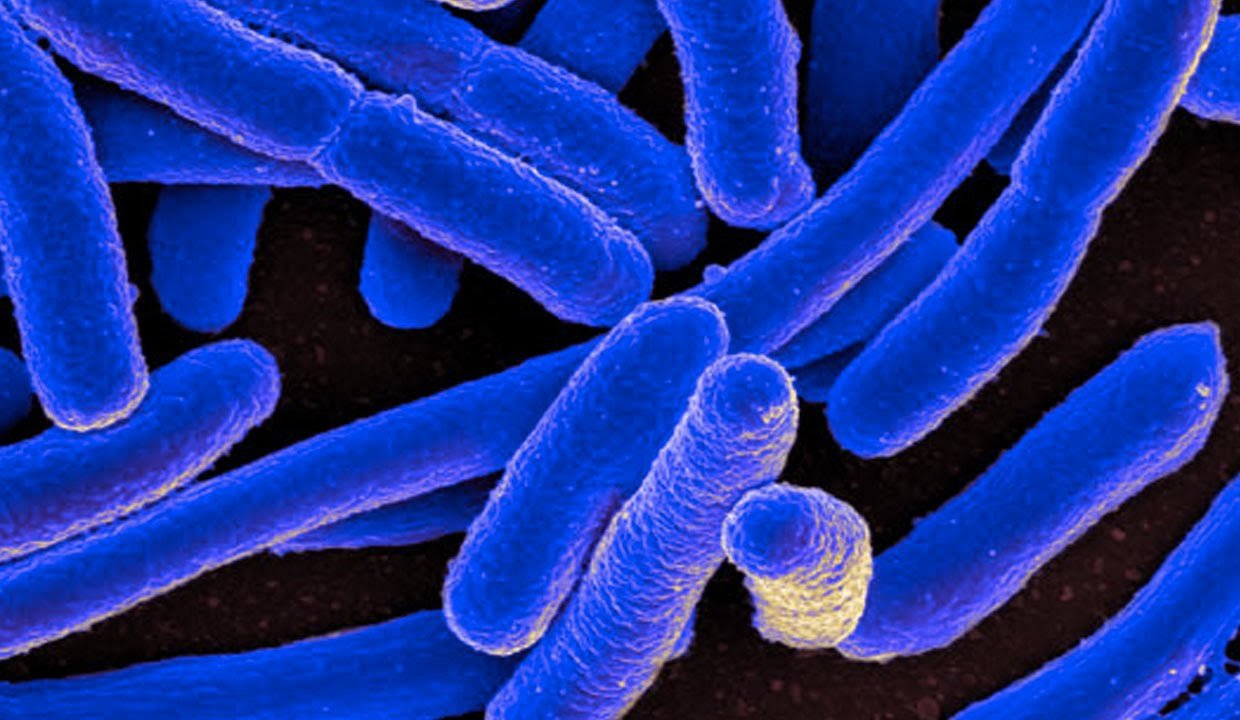Scenario 1
You have been suffering from cough, runny nose and sneezing for the last few days. You consult your doctor. The well-acquainted doctor receives you warmly, comforts you with some snacks and coffee and enquires of your complaints. You give the description of your trivial sufferings. The doctor begins to examine you. His face begins to be grimaced and he ordered for a culture of your sputum. He is now looking very worried. He tells you, “Hope for the best. I wish It would be not serious. But the signs are not good. If that happens as I suspect, I am sorry, we have nothing to do.”
Google image search labelled for reuse: for representative purpose only
Scenario 2
You have been feeling some discomfort in one of your bums. One fine morning you discover a small abscess is forming there. Your doctors very hesitantly inform you that medical science is hopeless in fighting this abscess. You are done.
Background
No these are not science fictions. We are about to enter this age of antibiotic resistance. Sir Alexander Fleming discovered the penicillin in 1928 at St. Mary’s Hospital in London. Since then new and more potent antibiotics are discovered and treating millions of patients worldwide against all types of bacterial infection. The Vancomycin and Carbapenem group of antibiotics mark the peak of the excellence to combat against all notorious bacteria. However, the indiscriminate and irrational use of antibiotics give rise to new problem. Drug resistant bacteria evolve by mutation.
What is ‘Superbug’
Superbug is first used in media to demonstrate the scariness and threat of the problem. They called the strains of bacteria ‘Superbugs’ that cannot be killed by multiple antibiotics. However, physicians prefer to use the term multi drug resistant bacteria as almost all cases the bacterial strain is not resistant to all antibiotics but several of them.

Superbug E. coli : Google image search
Disease burden
Centre for Disease Control and Prevention (CDC), Atlanta estimates that about 2 million people are infected with superbugs each year. Mortality rate is high at 1.15%.
How superbugs are formed
Virtually any organism can turn into a superbug. The organism can carry mutated gene that enables them to survive exposure to the antibiotics and drugs we currently have. Though the attention and importance is associated with multi antibiotic resistant bacteria, some fungi are beginning to pose threat as well. Recently CDC warned American doctors about the new superbug Candida auris
Irrational use of antibiotics is the leading cause of developing this catastrophe. Taking antibiotics when they are not needed or don’t completing the required duration of antibiotic therapy enable the bacteria to undergo the required mutation (both genetic or plasmid-encoded) that make them resistant to available antibiotics. More importantly, these antibiotics resistant genes are transferred to subsequent generations of bacteria to generate a new strain of drug resistant superbugs.
Source: BBC Health, WHO and CDC
Planned sequel:
Part II: History of Superbugs: MRS, NDM-1 to CRE
Part III: The most threatening superbugs
Part IV: Fight against the superbugs
